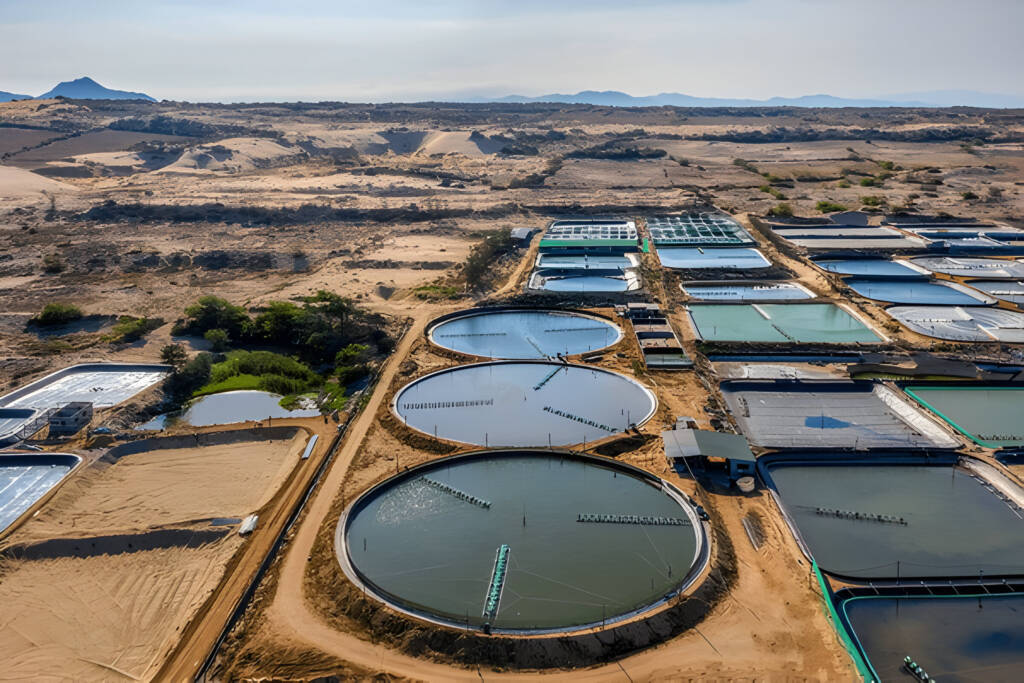“Protecting Water Resources with Geosynthetics: A Sustainable Solution”
Water conservation has become a critical concern in today’s world, with increasing demands from agriculture, industry, and urban populations putting immense pressure on our water resources. Effective water management is essential to ensure that this precious resource is available for future generations. One of the most promising solutions in this regard is the use of geosynthetics, such as geomembranes, geotextiles, and geocomposites, which play a vital role in preventing water loss, enhancing water quality, and supporting sustainable water management practices.
Understanding Geosynthetics in Water Management
Geosynthetics are engineered materials made from polymers that are used in civil engineering and environmental applications. They are designed to improve the performance of infrastructure projects by providing functions such as separation, filtration, drainage, reinforcement, and containment. In the context of water management, geosynthetics are particularly effective in preventing water loss, protecting water quality, and ensuring the long-term sustainability of water resources.

Key Applications of Geosynthetics in Water Conservation
-
Lining Reservoirs and Canals:
One of the most common uses of geosynthetics in water management is the lining of reservoirs, canals, and irrigation systems. Geomembranes, which are impermeable liners made from materials like HDPE (High-Density Polyethylene), are used to prevent seepage and evaporation, ensuring that water is conserved within the system. By lining reservoirs and canals with geomembranes, significant water loss due to infiltration is minimized, resulting in more efficient use of water resources. -
Irrigation Systems:
In agriculture, geosynthetics are used to line irrigation ditches and ponds, preventing water from seeping into the ground and ensuring that it reaches the crops that need it. Geotextiles, which are permeable fabrics, are also used in conjunction with geomembranes to provide filtration and drainage, maintaining the quality of water by preventing the passage of contaminants. -
Water Containment Structures:
Geosynthetics are also employed in the construction of water containment structures such as dams, lagoons, and retention ponds. These materials provide a reliable barrier that prevents water from escaping, while also protecting the surrounding environment from potential contamination. For example, geosynthetic clay liners (GCLs) combine the low permeability of clay with the strength of geotextiles, offering an effective solution for water containment.
Environmental and Economic Benefits
The use of geosynthetics in water management offers numerous environmental and economic benefits. By reducing water loss through seepage and evaporation, these materials help conserve water resources, leading to cost savings and increased efficiency in water use. This is particularly important in regions where water is scarce, and every drop counts.
Moreover, geosynthetics contribute to environmental protection by preventing the contamination of water bodies. For instance, when used in landfill liners, geomembranes and GCLs prevent leachate from seeping into groundwater, thus preserving water quality. This not only benefits the environment but also reduces the need for costly water treatment processes.
Innovative Applications and Future Trends
As the demand for sustainable water management solutions grows, the role of geosynthetics is expected to expand further. Innovations in geosynthetic materials and technologies are continually emerging, offering new possibilities for water conservation. For example, advancements in material science have led to the development of more durable and flexible geomembranes that can withstand harsh environmental conditions, ensuring long-term performance.
Future trends in the use of geosynthetics may also include the integration of smart technologies, such as sensors embedded in geosynthetic materials, to monitor water levels and detect leaks in real-time. This could lead to more efficient water management systems, allowing for proactive maintenance and reducing water loss even further.
Conclusion
Geosynthetics are proving to be a game-changer in the field of water conservation and management. Their ability to prevent water loss, enhance water quality, and support sustainable practices makes them an essential tool in the global effort to preserve our water resources. As we face the challenges of a growing population and climate change, the role of geosynthetics in ensuring the sustainable management of water will become increasingly important. By embracing these innovative materials, we can take significant steps towards securing a water-rich future for generations to come.




